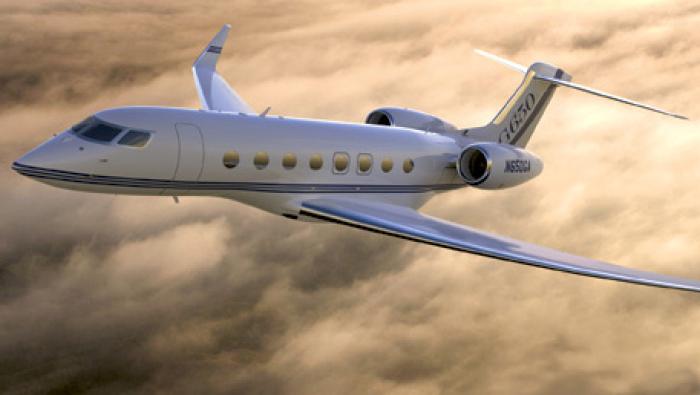Lockheed Martin yesterday unveiled a new version of the evergreen F-16 Fighting Falcon designated the F-16V. The new moniker is derived from the fighter’s long-standing unofficial nickname: Viper. It will apply to existing aircraft that are upgraded with AESA radars, and new builds. The F-16V will also include a new mission computer and cockpit display.
At the Singapore Airshow, Northrop Grumman and Raytheon are busy promoting their competing AESAs for the F-16V, in a scrap that increasingly looks like “winner takes all.” Six days ago the U.S. Air Force issued a second request for information covering an AESA upgrade for its F-16s, having initially asked industry last August. This upgrade could cover about 350 aircraft in a program driven by delays in fielding the F-35.
Korea has just issued an RFP for an AESA radar upgrade to its F-16s, and the U.S. government has offered the same to Taiwan as a less politically sensitive response to its request for 66 new F-16s. In January, Northrop Grumman joined Raytheon in receiving government authorization to export their wares to the two Asian countries. Although the U.S. Air Force and export programs are separate, it appears highly probable that the export customers will await the outcome of the U.S. decision before making their own choices.
Both radar houses possess good credentials. Raytheon is offering the RACR (Raytheon Advanced Combat Radar), which builds on the experience gained with delivering hundreds of AESA radars into the Boeing Super Hornet program. Northrop Grumman is the incumbent radar supplier in the F-16, having produced more than 6,000 radars for the aircraft in over 30 years. That number, swelled by mid-life upgrades, includes 80 earlier APG-80 AESA units for the United Arab Emirates’ Block 60 F-16E/Fs. It also built the F-22’s AESA radar, and is supplying the APG-81 for the F-35.
Commonality of modes with the F-35 and resultant cross-program synergy is seen as one of the key attributes of Northrop Grumman’s SABR (scalable agile beam radar) proposal. Indeed, no new modes were created for the SABR, all being ported in from the APG-81. The company highlights the cost efficiencies that could be gained from sharing costs for future mode development across a SABR-equipped F-16 fleet as well as the F-35.
New Baseline
Lockheed Martin vice president business development George Standridge said that the F-16V would be the new baseline, building on the current production Block 50/52 version and two previous upgrades: the F-16A/B Mid-Life Update (MLU) and the F-16C/D Common Configuration Improvement Program (CCIP). The company said it has developed an innovative solution to affordably retrofit the key AESA technology. This is a reference to the new mission computer, and a new high-speed data bus, bringing enhanced information to the pilot via a high-resolution color upgrade to the two existing F-16 displays, and addition of a large display on the cockpit pedestal. The F-16V also features a new data link that provides interoperability with the F-22 and the F-35.
Continued production of new F-16s is currently assured through 2015, thanks to recent orders from Morocco (delivering now), Egypt (2013), Oman (2014) and Iraq (2015). More than 4,400 Vipers have been built, with the landmark 4,500th due for rollout this year. There have been no fewer than 53 follow-on buys by 14 customers.







